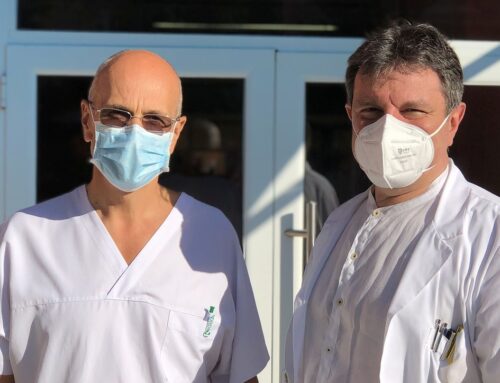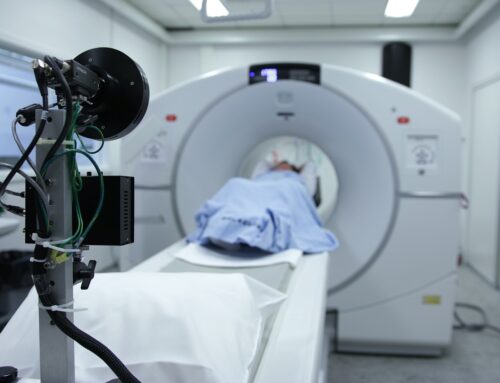When you or a loved one needs medical care or surgery, it is assumed that the professional providing that care offers skill and competence. While you may hear of problems occurring once in a while, national medical malpractice stats are actually far more disturbing, revealing a widespread problem more prevalent than most people understand.
Did You Know? Medical error is the third leading cause of death in the United States – behind only heart disease and cancer.
Other Medical Malpractice Stats to Know
- As many as 21% of patients have received improper care that could be considered malpractice.
- There are an average of 700 medical errors of consequence every day.
- There are over 250,000 deaths per year attributed to medical error, although some experts believe that the true number is closer to 440,000.
What Events are Considered Malpractice?
By definition, medical malpractice is a legal action which occurs when a health care worker or medical professional deviates from acceptable standards, causing injury or death to a patient under their care. There are many scenarios under which medical malpractice may occur, such as:
- Inexperienced medical personnel are often used in today’s tight financial models in ways they should not be; such as providing patient care in the absence of a medical doctor. Understaffed facilities may also find themselves utilizing personnel not necessarily qualified for the job at hand.
- Too much or too little anesthesia is a situation which often contributes to medical malpractice statistics. Given too little anesthesia, a patient may be aware of the surgery or procedure as it is being performed; too much and they can get very ill, have a bad reaction, or even die.
- As inconceivable as it may seem. a common cause of malpractice lawsuits is when a surgeon operates on the wrong body part, such as patching up the wrong artery or kidney. In some extreme cases, doctors have mistakenly removed an organ entirely, losing track of “which surgery” they were in.
- When doctors leave a medical implement, be it a sponge or scalpel, inside the body when they close up after surgery, medical malpractice is the likely result. Although it may not be fatal, the patient can experience undue pain, suffering, illness – and will likely have to endure another surgery to remove the foreign item.
- An overcrowded emergency room may pose danger for those waiting, as some serious conditions may significantly worsen as the patient waits for medical care. Medical malpractice statistics include those people whose injuries were complicated by a lack of attention, or even caused death. This situation may occur because of poor management, lack of staffing, or inefficient procedures in the emergency room.
- Misdiagnosis can cause serious injury or death in patient, especially if the correct diagnosis would result in immediate, proper care. For instance, if the doctor misdiagnoses stomach cancer and calls it an ulcer, the cancer could continue to progress unhindered. Misdiagnoses does not always result in malpractice, though – if the medical professional used the assumed standard of care and simply came to a wrong conclusion, there may not be a case.
- The prescribing of the wrong medication, or a medication which reacts badly with a current prescription, may end up in a medical malpractice suit.
If you believe you have been the victim of medical malpractice, call the expert attorneys at Probinsky & Cole. We will guide you through this difficult and emotional situation, and make sure you get the reimbursement you deserve.








